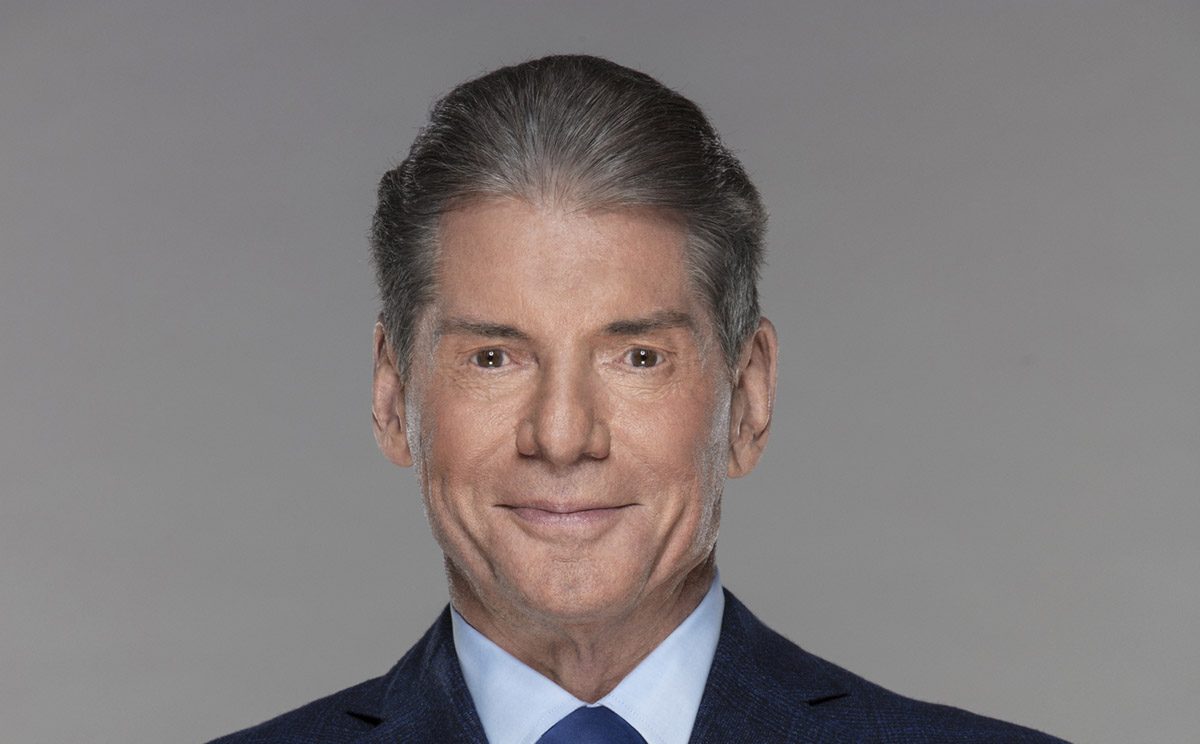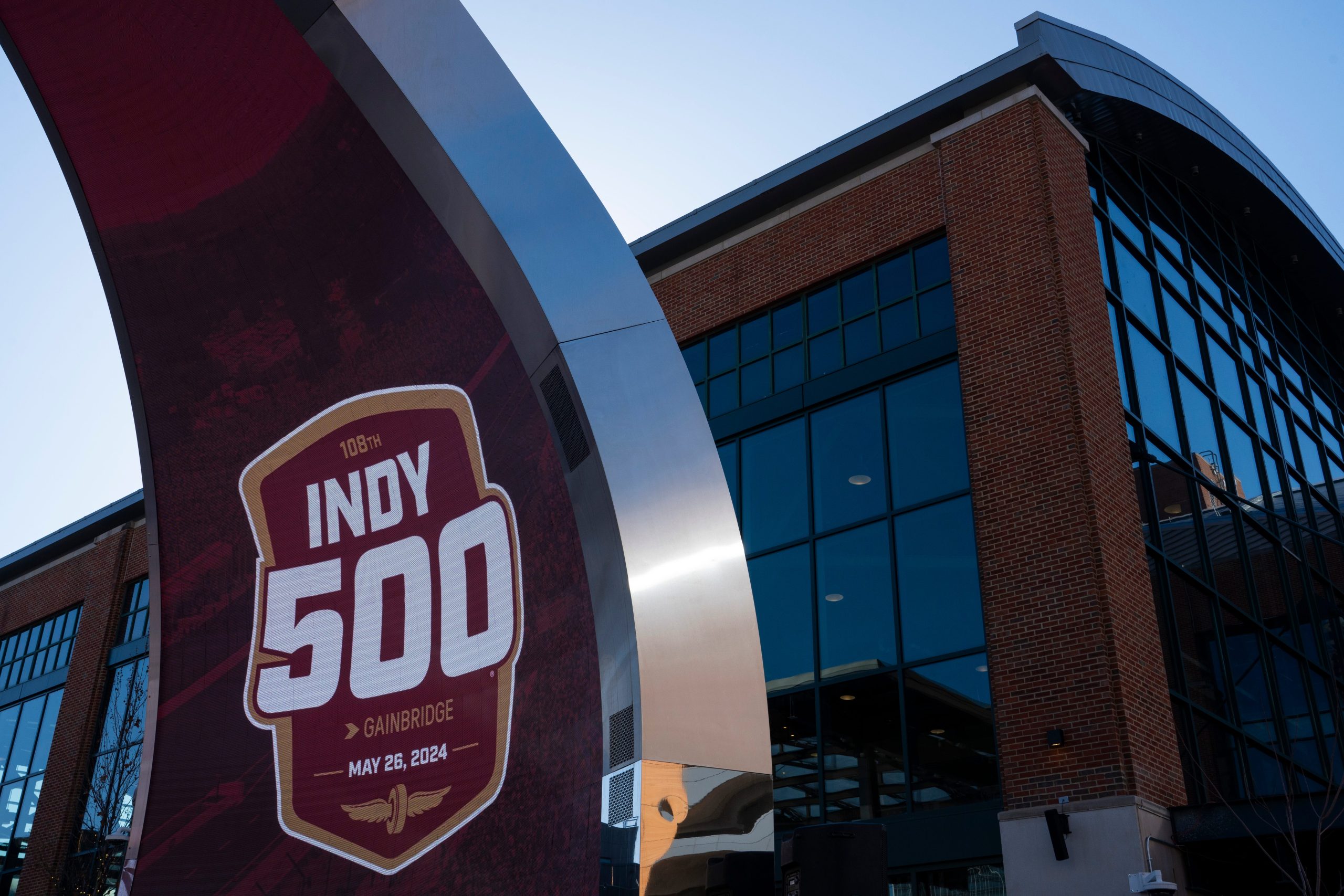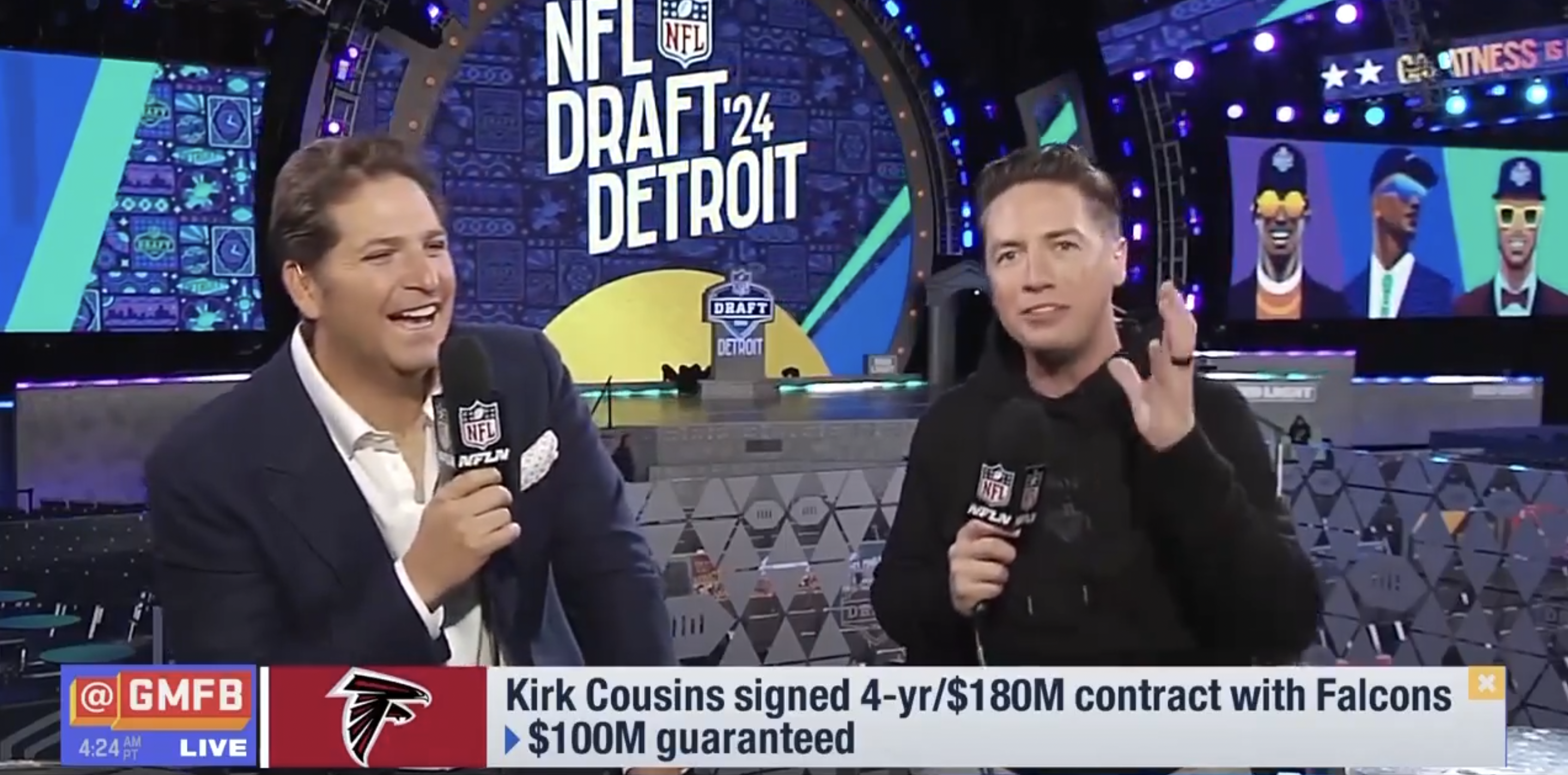Canada and the United States have many things in common, but there are also some notable linguistic differences not immediately apparent to outsiders. One of those appears to have played a role in FiveThirtyEight founder Nate Silver’s latest Canadian misstep. That would be the different way “college” is often used on either side of that border.
In the U.S., “college” is frequently used to cover any postsecondary institution, from vocational or trade schools through (primarily) two-year colleges offering (mostly) associate degrees or transfers to three- or four-year programs at other schools to institutions granting bachelor’s degrees to institutions granting master’s degrees, doctorates, and other higher-level degrees. The latter categories are most of what naturally comes to mind with NCAA (National Collegiate Athletics Association) Division I competition, and it’s reasonable to refer to even the schools with “university” in their names as “colleges.”
In Canada, though, institutions offering three- or four-year bachelor’s programs or higher tend to be called “universities.” “College” more often refers to institutions historically more focused on vocational certificates, associate degrees, and/or transfers to universities. There’s been a lot of muddying of those categories in recent decades, with many traditional “colleges” expanding to their four-year degrees (and often changing their name to “university” along the way).
But in sports, there’s still a clear differentiation between the interuniversity competition of U SPORTS (formerly Canadian Interuniversity Sport) and the intercollegiate competition of the Canadian Collegiate Athletics Association. And most would agree the interuniversity level is higher. So that led to lots of mockery when Silver posted a list of “the leading Canadian basketball colleges,” which consisted solely of CCAA schools, in response to Bloomberg’s Joe Weisenthal commenting that he could only name four Canadian universities:
See this is why they we need to annex Canada so we can invite their schools in to the NCAA tournament. This is a list of the leading Canadian basketball colleges and I've heard of exactly zero of them. Brébeuf needs to be a 14 seed that upsets Duke in the opening round. pic.twitter.com/3sLlgbyUnt
— Nate Silver (@NateSilver538) March 20, 2024
Silver is perhaps technically correct here, as that is a list of the “leading Canadian basketball colleges.” That’s a graphic of CCAA rankings, and even though many of those schools now have “university” in their names, calling them “colleges” would still ring relatively true for many, especially around athletics. But it’s not accurate in terms of “leading Canadian basketball postsecondary institutions.”
Those would be in U SPORTS, which just saw the Laval Rouge et Or defeat the Queen’s Gaels in the men’s basketball Final 8 championships. Silver’s list here is equivalent to asking why a school like Eastern Mississippi Community College of initial Last Chance U fame (which competes in the Mississippi Association of Community Colleges Conference and the overarching National Junior College Athletic Association) isn’t in the NCAA Division I FBS College Football Playoff.
Silver’s post is somewhat understandable considering the language difference with how “college” is used. It’s also a quick post rather than an inclusion in a published article, so it’s not a huge deal overall. But it is amusing to see this considering the complaints many Canadians (and Americans) still have about his much more egregious mistake in a published article. That would be his infamous 2013 piece* on “Why Can’t Canada Win The Stanley Cup,” which proposed that NHL expansion/relocation markets should be allocated based on how much the areas Googled “NHL,” and in particular, Sudbury and Thunder Bay (two smaller Ontario cities 11 hours apart) would be a potentially desirable location for a team.
Of course, what Silver’s done here now isn’t a huge thing in its own right, especially considering his current lessened prominence in the sports realm these days. He’s not editing a site that often covers sports. And while he does still sometimes dive into sports in his Substack newsletter, and may do so as well in his upcoming book, he’s not as much of a sports figure as he used to be. But many do still remember Sudbury/Thunder Bay (which itself fits into a long history of American geographic mistakes about Canada, although those others didn’t involve Silver). And that led to some deserved criticism for Silver.
Oh my god the biggest Nate Silver-Canada crossover moment since Sudbury-Thunder Bay.https://t.co/VHTtyQxHfZ
— clapping on the offbeat (@dzuunmod) March 20, 2024
The man known for his “Thunder Bay-Sudbury is one media market” take has struck again! https://t.co/MDtba7KvCG
— sideswipe70.bsky.social (@sideswipe70) March 20, 2024
These aren’t even universities you fool https://t.co/30MDDSmUMs
— Dan (@writcertiorari) March 20, 2024
https://twitter.com/fischerville/status/1770535353742451123
While the top Canadian universities may be unknown to Silver, they’re not unknown to those who follow American college basketball closely. Top Canadian schools have been regular preseason opponents for top American schools over the last decades. That’s partly thanks to NCAA rules allowing for earlier games and more practices on international trips (and Canada is a much easier trip logistically than anywhere else, especially for northern U.S. schools), but also because the top Canadian schools have generally provided reasonable competition.
Wins by Canadian schools are still relatively rare, even in those exhibition games. But they do happen. The most prominent (but far from the only) example is the Carleton Ravens, who have won a record 17 top-level Canadian national titles, including in 2023, and made the Final 8 an unprecedented 20 straight seasons before missing out this year. They’ve regularly played American competition since 2000, and while they’re well below .500 overall, schools they’ve beaten include Villanova, Alabama, Wisconsin, Baylor, and Ole Miss. That doesn’t mean they or other Canadian universities posting wins in these games are on the level of those U.S. schools overall, of course, but these are schools that are at least somewhat on the radar for at least some serious fans of NCAA basketball.
*Silver started FiveThirtyEight independently in 2008 and moved it to The New York Times in 2010. The piece in question here first ran on the NYT site on May 31, 2013. Silver went to Disney in July 2013, and the site was under their umbrella there (with an official relaunch in 2014) through its 2023 shuttering following Silver’s exit. It was under ESPN specifically from 2013-2018, and that’s the era in which a version of that piece was published on their fivethirtyeight.com also dated May 31, 2013, although it almost certainly only was put up there as a backdated archive following that site’s March 2014 launch. Neither piece has ever had an update or correction about Sudbury and Thunder Bay as a “media market.”
[Nate Silver on Twitter/X]







